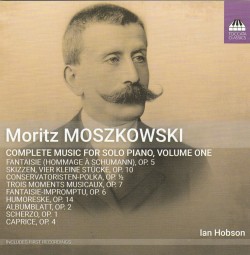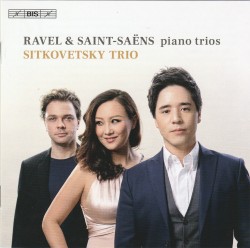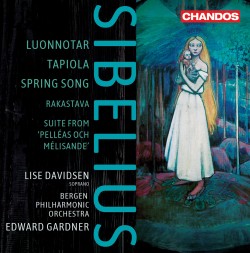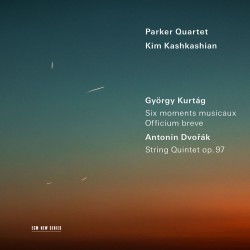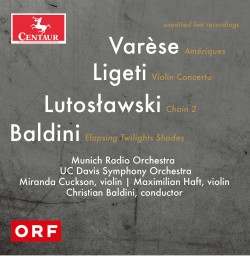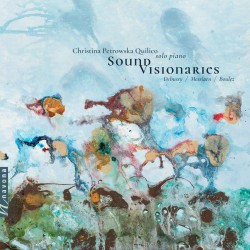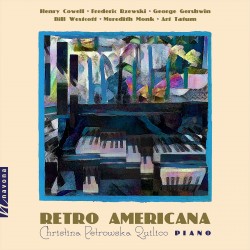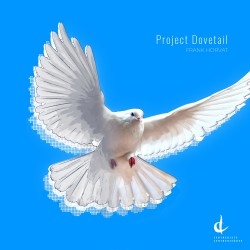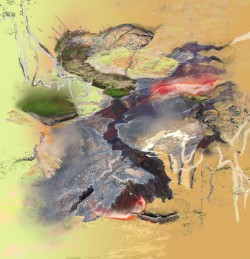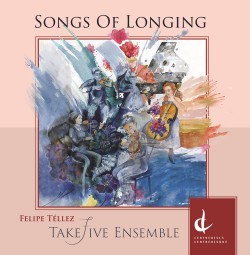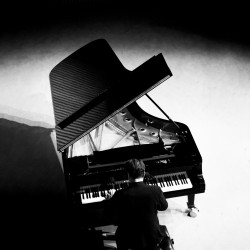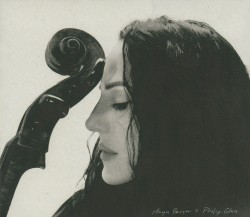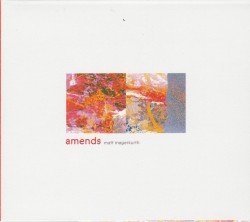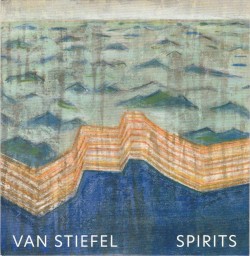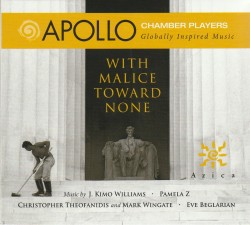Brahms: Piano Concerto No.1; 16 Waltzes - Emmanuel Despax; Miho Kawashima; BBC Symphony Orchestra; Andrew Litton
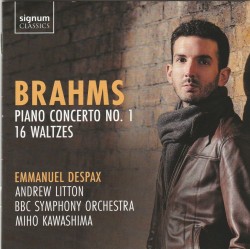 Brahms – Piano Concerto No.1; 16 Waltzes
Brahms – Piano Concerto No.1; 16 Waltzes
Emmanuel Despax; Miho Kawashima; BBC Symphony Orchestra; Andrew Litton
Signum Classics SIGCD666 (signumrecords.com)
Brahms’s Piano Concerto No.1 is a renowned masterpiece, frequently performed by orchestras and soloists since its premiere in 1859. Expansive and majestic, this work combines classical-period form with distinctly Romantic harmonies and progressions to create a captivating and large-scale concerto that ranks among the finest works of its time.
This recording, featuring the BBC Symphony Orchestra and pianist Emmanuel Despax, acknowledges the weightiness of Brahms’ writing, choosing an approach to tempo and style that accentuates the depth and density of the concerto’s progressions and development. For example, the first movement, marked Maestoso, is performed in 24’28”, a minute or two slower than many modern recordings (but faster than Glenn Gould’s infamous 25’37” performance of the same with Leonard Bernstein), while the following two movements fit within the slower averages.
Rather than coming across as drab and dull, however, the melodiousness that is revealed by this slightly lugubrious opening tempo is captivating and made utterly logical by the clarity revealed in the fleeting piano part towards the middle of this first movement – every keystroke is audible, resulting in gestures made up of distinct yet rapid notes rather than a murky approximation of the notated score. Expression is paramount in late-Romantic music, and Despax’s pacing allows for great clarity and sincerity in his interpretation.
Despax is joined by pianist Miho Kawashima for the 16 Waltzes, presented here in their original version for piano four hands. These are short works, the longest lasting only 2’01”, yet their beauty is remarkable. An essay in compositional dexterity, the diversity present in these 16 pieces, all based on the same form, is a delight for the listener; it is difficult to take in only one of these charming, bite-size pieces at a time.
Covering both the orchestral immensity of the Piano Concerto No.1 and the levity of the 16 Waltzes, this disc is highly recommended to anyone who appreciates Brahms’ music and the pluralities present therein: joyful solemnity and tragic sweetness.


